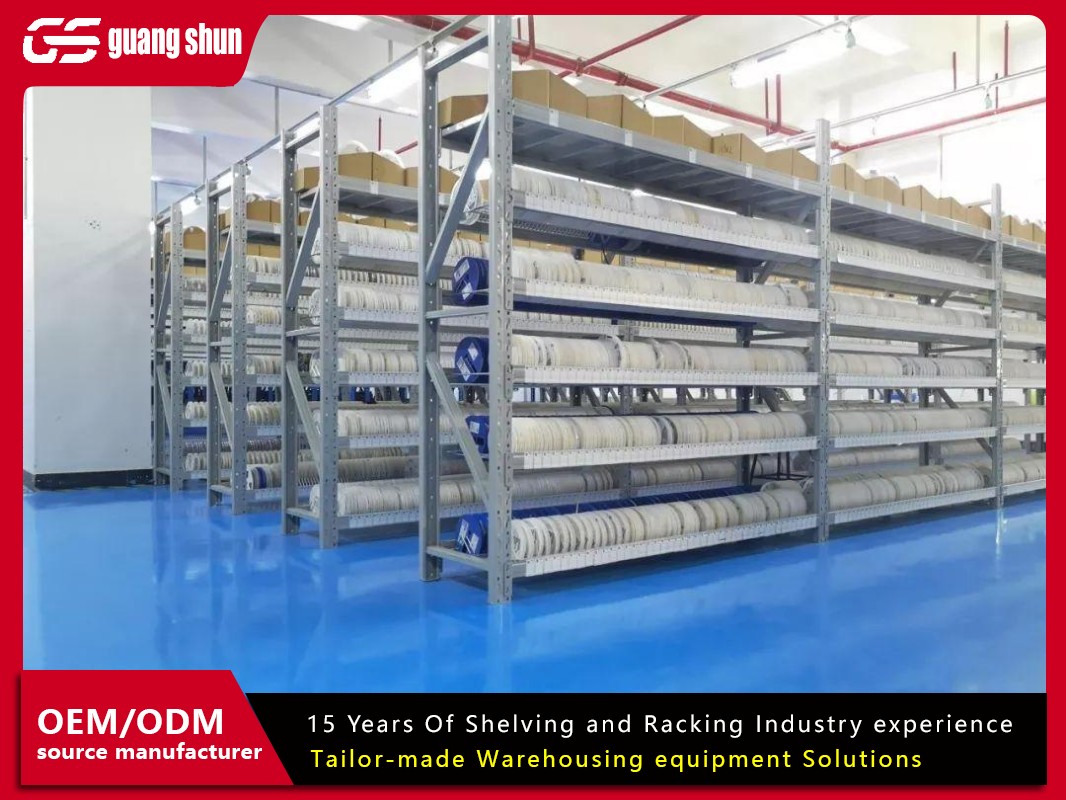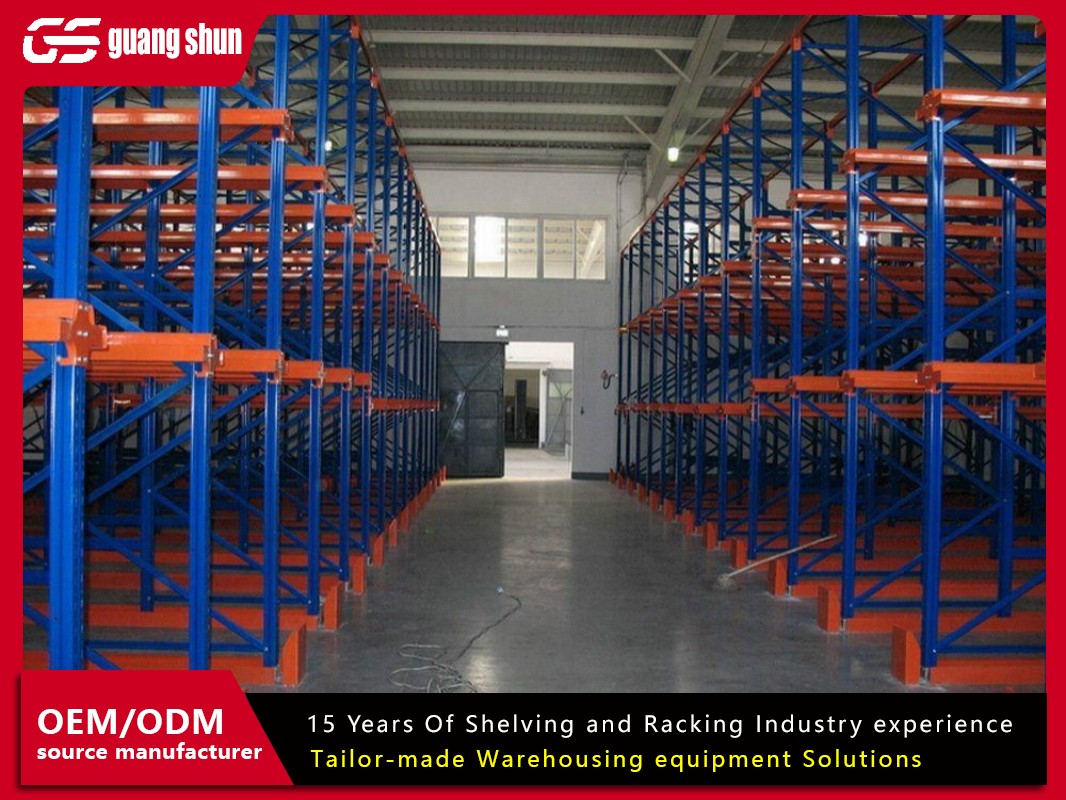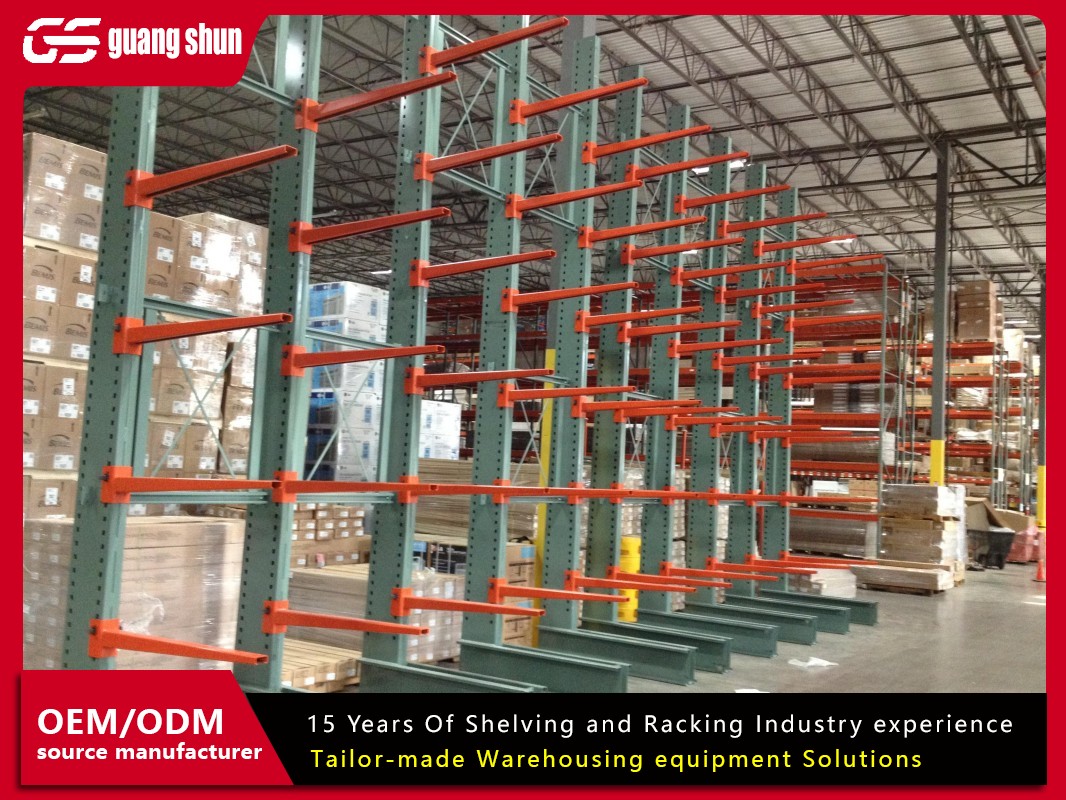In today's fast-paced industrial and technological landscapes, efficient storage and organizational systems are crucial for productivity and safety. One term that often arises in discussions about infrastructure is the uneven rack system. But what exactly is an uneven rack system, and why does it matter? This article delves into the core aspects of uneven rack systems, providing a comprehensive overview that covers definitions, causes, impacts, solutions, and real-world applications. Whether you're in warehousing, data management, or manufacturing, understanding uneven rack systems can help you optimize operations and avoid common pitfalls. By the end of this read, you'll have a clear grasp of this concept and how it affects various sectors.
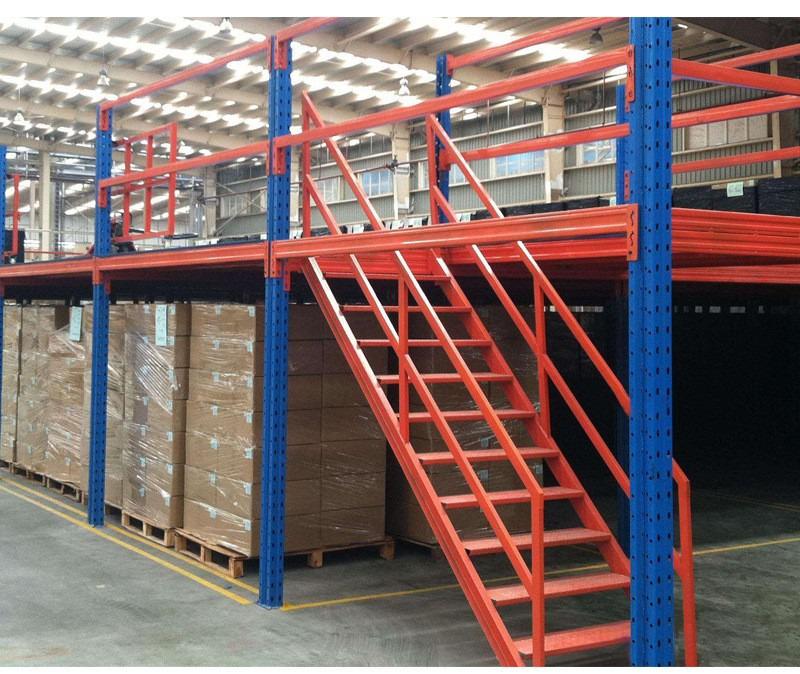
An uneven rack system refers to a storage or support structure where the racks—such as shelves, frames, or cabinets—are not uniformly aligned, leveled, or configured. This lack of uniformity can manifest in differences in height, spacing, load distribution, or structural integrity. Essentially, an uneven rack system deviates from the standard design where racks are evenly spaced and balanced to distribute weight and stress effectively. This type of system often arises in environments like warehouses, data centers, or retail spaces, where ad-hoc expansions, poor planning, or external factors lead to inconsistencies. Understanding the basics of an uneven rack system is the first step toward addressing its challenges, as it highlights the importance of stability and efficiency in rack-based setups. In many cases, an uneven rack system can compromise safety and performance, making it a critical topic for professionals involved in facility management.
Causes of Uneven Rack Systems
Several factors contribute to the development of an uneven rack system. One primary cause is improper installation, where racks are set up without adhering to precise leveling guidelines or manufacturer specifications. This can result from human error, lack of training, or rushed projects. Another common cause is environmental shifts, such as ground settlement, temperature fluctuations, or seismic activity, which can gradually alter the alignment of racks over time. Additionally, an uneven rack system may stem from inconsistent loading practices, where weight is distributed unevenly across shelves, leading to tilting or bending. In dynamic industries, frequent modifications or expansions to rack systems—like adding new sections without considering overall balance—can also create unevenness. Lastly, wear and tear from prolonged use, combined with inadequate maintenance, often exacerbate these issues, turning a once-stable system into an uneven rack system that requires immediate attention. Recognizing these causes helps in proactive prevention and management.
Impacts and Challenges of Uneven Rack Systems
The consequences of an uneven rack system can be far-reaching, affecting both operational efficiency and safety. One major impact is reduced load-bearing capacity; when racks are uneven, they cannot support weight as intended, increasing the risk of collapses or accidents. This poses significant safety hazards to workers and can lead to costly damages or injuries. Moreover, an uneven rack system often results in inefficient space utilization, as misaligned racks may waste valuable floor area or hinder accessibility. In settings like data centers, where precision is key, an uneven rack system can cause equipment malfunctions or connectivity issues due to improper alignment of servers and cables. From a financial perspective, the challenges include higher maintenance costs, potential regulatory fines for non-compliance with safety standards, and decreased productivity due to frequent disruptions. Overall, addressing an uneven rack system is essential to mitigate these negative effects and maintain a smooth, reliable operation.
Solutions for Managing Uneven Rack Systems
Fortunately, there are effective strategies to manage and correct an uneven rack system. The first step is conducting regular inspections and audits to identify unevenness early. Using tools like laser levels or digital sensors, professionals can assess rack alignment and load distribution accurately. For existing issues, remediation measures might include re-leveling racks with shims or adjustable feet, redistributing loads to balance weight, or reinforcing structures with additional bracing. In severe cases, partial or complete replacement of the rack system may be necessary to ensure long-term stability. Implementing preventive maintenance schedules is crucial; this involves routine checks, employee training on proper loading techniques, and adhering to industry standards like those from OSHA or ANSI. Additionally, designing rack systems with flexibility in mind—such as modular components that can be easily adjusted—can prevent the development of an uneven rack system. By adopting these solutions, organizations can transform an uneven rack system into a safe, efficient asset.
Applications and Industries Affected by Uneven Rack Systems
The concept of an uneven rack system is relevant across various industries, each with unique implications. In warehousing and logistics, for instance, an uneven rack system can disrupt inventory management and slow down order fulfillment, leading to supply chain inefficiencies. Data centers rely on evenly aligned racks for optimal server performance and cooling; an uneven rack system here might cause overheating or data loss. Retail environments often use rack systems for display and storage, where unevenness can affect customer experience and product accessibility. Manufacturing plants may encounter an uneven rack system in material handling areas, increasing the risk of equipment damage or production delays. Even in residential settings, such as garage storage, an uneven rack system can lead to clutter and safety concerns. Understanding these applications underscores the widespread importance of maintaining balanced rack systems and highlights why professionals in these fields should prioritize addressing any unevenness.
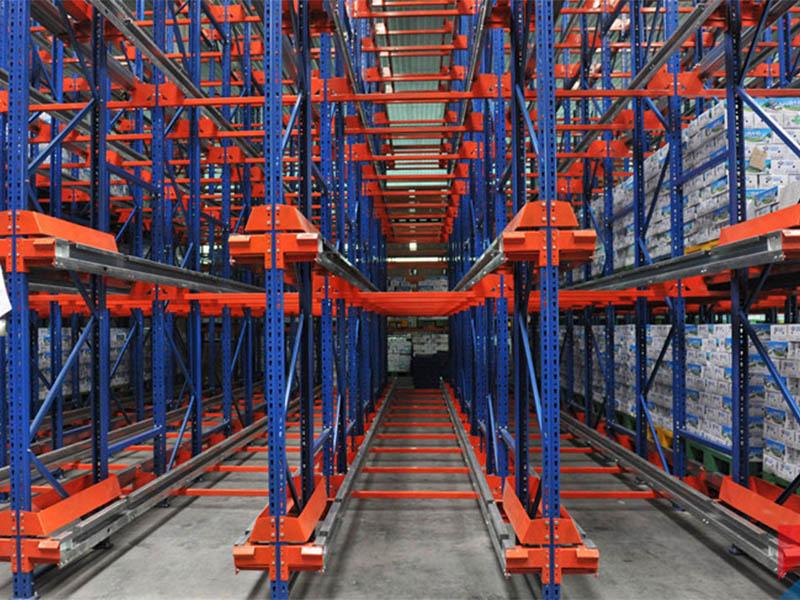
Future Trends and Innovations in Rack System Design
As technology advances, the approach to preventing and managing an uneven rack system is evolving. Innovations like smart sensors and IoT-enabled racks are becoming more common, allowing real-time monitoring of alignment and load conditions. These systems can alert managers to potential unevenness before it becomes a problem, reducing the likelihood of an uneven rack system. Additionally, the rise of automated storage and retrieval systems (AS/RS) incorporates self-leveling mechanisms that adapt to environmental changes, minimizing human error. Sustainable materials and designs are also gaining traction, offering greater durability and resistance to factors that cause unevenness. By embracing these trends, industries can move toward more resilient rack systems that are less prone to becoming an uneven rack system, ultimately enhancing efficiency and safety in the long run.
In summary, an uneven rack system is a common yet manageable issue that arises from various causes and poses significant challenges across multiple industries. By understanding its definition, recognizing the factors that lead to unevenness, and implementing effective solutions, organizations can mitigate risks and improve operational performance. Whether through regular maintenance, technological innovations, or proactive design, addressing an uneven rack system is key to ensuring safety, efficiency, and longevity in rack-based infrastructures. As we look to the future, continued awareness and adaptation will help minimize the prevalence of uneven rack systems, fostering more reliable and optimized environments.
Frequently Asked Questions (FAQs)
Q1: What is an uneven rack system?
A1: An uneven rack system refers to a storage or support structure where the racks are not uniformly aligned, leveled, or configured, leading to inconsistencies in height, spacing, or load distribution. This can occur in various settings like warehouses or data centers and often results from factors like improper installation or environmental changes.
Q2: How can I identify if I have an uneven rack system?
A2: You can identify an uneven rack system by conducting visual inspections for tilting, gaps, or sagging shelves, and using tools like levels or sensors to check alignment. Signs include difficulty in accessing items, unusual noises, or visible wear in specific areas, which may indicate uneven stress distribution.
Q3: What are the main risks of ignoring an uneven rack system?
A3: Ignoring an uneven rack system can lead to serious risks such as structural collapses, safety hazards for personnel, equipment damage, and inefficient operations. It may also result in higher maintenance costs, regulatory non-compliance, and reduced productivity due to frequent disruptions.
Q4: Can an uneven rack system be fixed without replacing the entire setup?
A4: Yes, in many cases, an uneven rack system can be fixed without full replacement. Solutions include re-leveling racks with shims, redistributing loads, adding reinforcements, or performing adjustments based on professional assessments. Regular maintenance and minor repairs often suffice if issues are caught early.
Q5: Are there industry standards for preventing uneven rack systems?
A5: Yes, several industry standards help prevent uneven rack systems, such as those from OSHA (Occupational Safety and Health Administration) and ANSI (American National Standards Institute), which provide guidelines for installation, loading, and maintenance. Adhering to these standards ensures rack systems remain stable, safe, and efficient.



